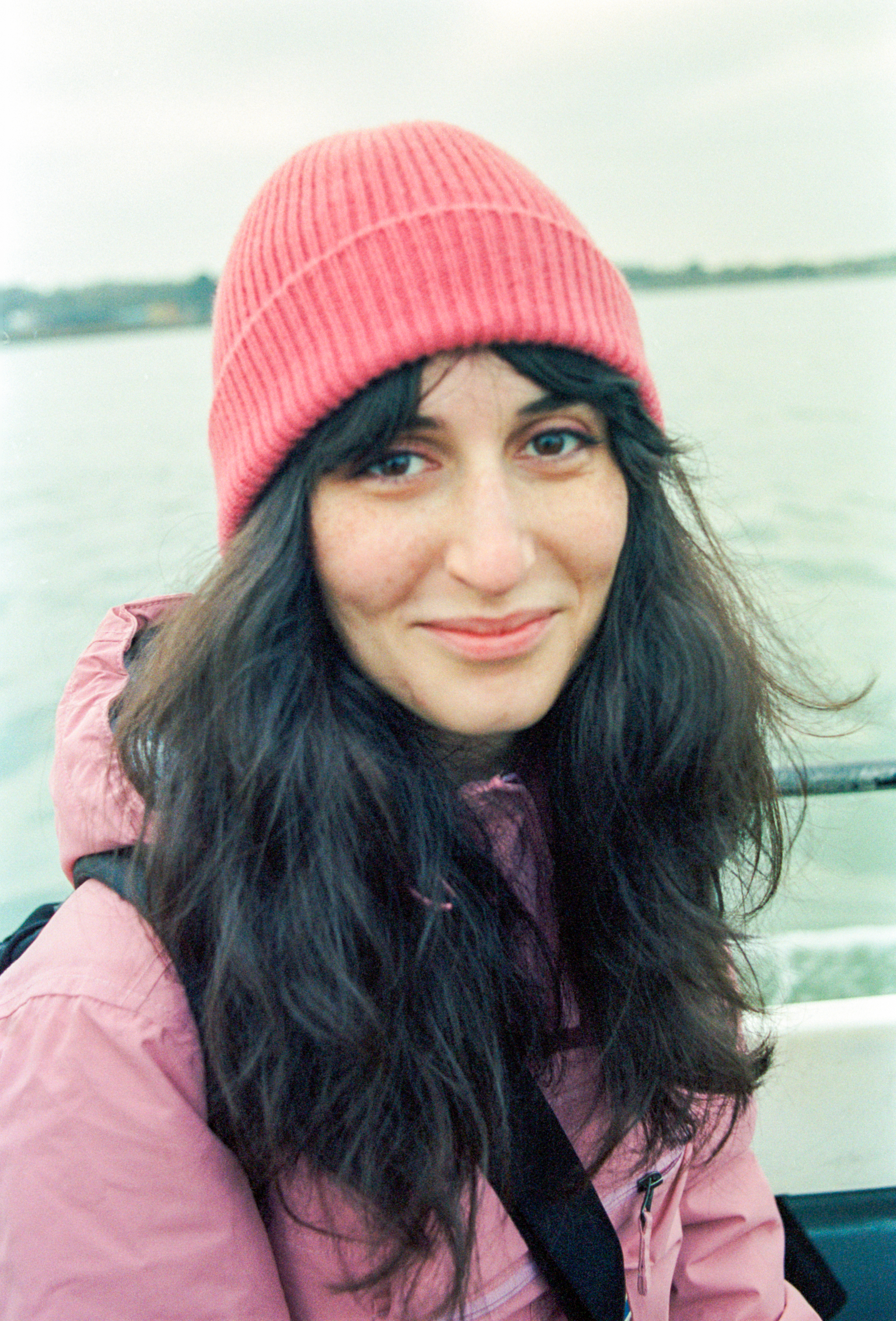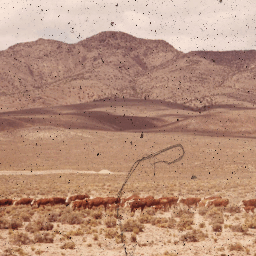Daniela Ivanova

G141 Lilybank Gardens
Sir Alwyn Williams Building
University of Glasgow, G12 8RZ
Hi! I am currently a third-year Computing Science PhD student at the University of Glasgow. I am a part of the Computer Vision and Autonomous Systems (CVAS) research group and the Information, Data and Analysis (IDA) Section. My research focuses on developing machine learning approaches for the restoration of images captured on analogue media. I am currently supervised by Dr John Williamson and Dr Paul Henderson.
Prior to my PhD, I completed an Undergraduate degree in Computing Science at the University of Glasgow with Honours of the First Class. During that time, I developed an interest in Machine Learning and its applications in the fields of Natural Language Processing, Image Processing and Computer Vision. My final year project, “A Deep Learning approach to artefact correction in photographic film” combined those interests with my passion for analogue film photography, and served as a foundation for my PhD research proposal. Apart from that, I worked in large-format printing for two years during the start of my degree, and as a Full-stack developer (Golang & JavaScript) during my Honours.
news
| Nov 22, 2023 | Hosting the BMVC Doctoral Consortium today as part of the main BMVC conference in Aberdeen, Scotland! |
|---|---|
| Sep 29, 2023 | “DiffInfinite: Large Mask-Image Synthesis via Parallel Random Patch Diffusion in Histopathology” accepted as a Spotlight paper at NeurIPS’23 Datasets & Benchmarks track! 🎉 |
| Jan 31, 2023 | “Simulating analog film damage to analyse and improve artifact restoration on high-resolution scans” accepted as a full paper at Eurographics’23! 🎉 |


